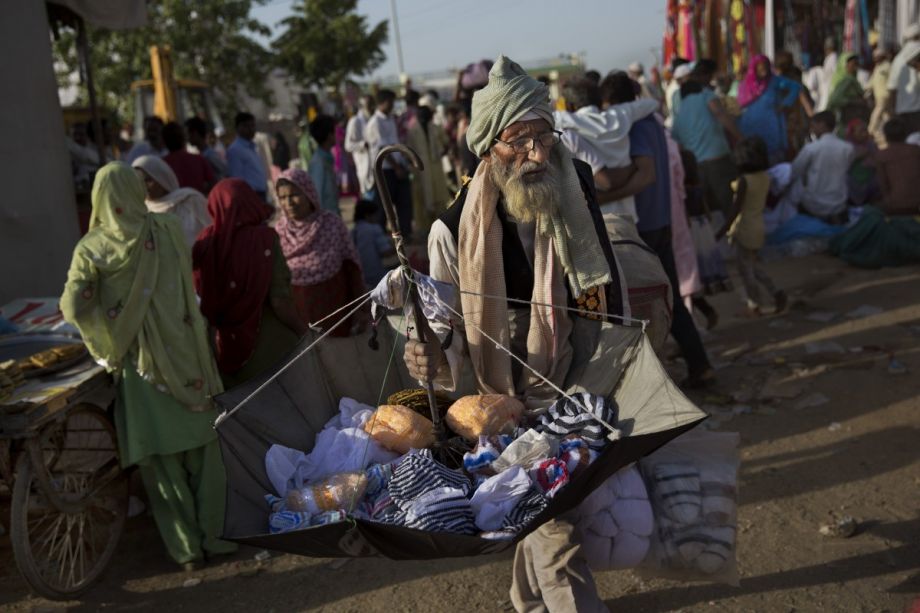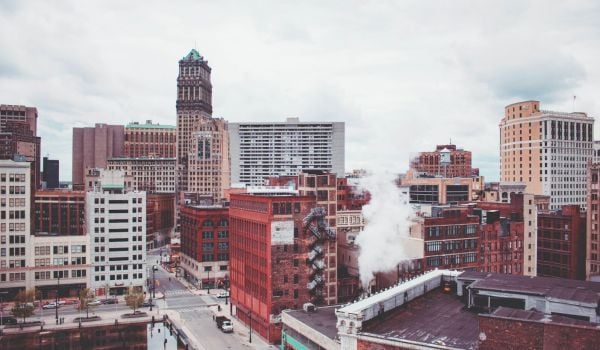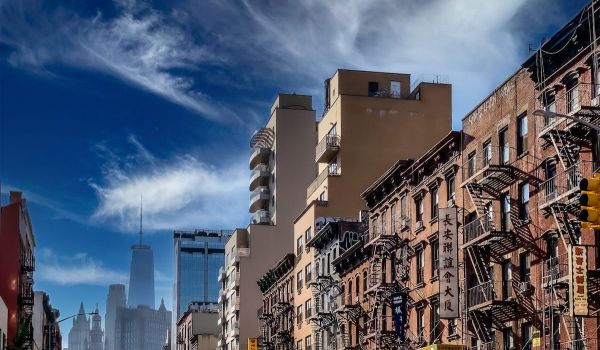India Prime Minister Narendra Modi wants to turn 100 cities into “smart cities” by 2022, and Bloomberg Philanthropies this week announced its commitment to helping reach that goal. Bloomberg will provide strategic and technical support to help chosen cities innovate.
The Indian government has set aside $7.5 billion for the initiative. According to Bloomberg Philanthropies, the organization is “leveraging both its expertise in designing large-scale competitions for cities and its deep urban policy expertise and network to support the success of the Smart Cities Mission.”
“Prime Minister Modi wisely recognizes the vital role cities can play in building a strong future for India, especially if local innovation is encouraged and rewarded. Through our work around the globe, we’ve seen how effective challenges can be in helping cities design and deliver better ideas — and we’re excited about what the government and its partners can achieve with this approach in India, home to some of the biggest and fastest-growing cities in the world,” Michael Bloomberg said.
But everyone’s not thrilled about the challenge. Many urban Indians believe that basic infrastructure concerns should take precedence over being a “smart city.”
“Can we first work towards becoming a functioning city before aspiring to be a smart city? We lack even the basic services that a city should typically provide,” Suresh Mathur, a retired school teacher who runs a city cleanliness drive, told the Washington Post.
According to the Post:
Other critics have dismissed Modi’s smart-cities plan as a 21st-century urban utopia, as a distant Neverland and Orwellian. They say that the idea is more suitable for richer nations whose citizens can afford to take basic urban services such as drinking water, toilets or electricity for granted.
“The Western definition of the smart city is spineless, if not altogether redundant in India — a mere glossing over of civic services and infrastructure,” Gautam Bhatia, an architect and author on urban design, wrote in The Hindu newspaper Sunday.
India has historically been a village-centric city, but rapid urbanization is changing that. A 2010 report by the McKinsey Global Institute estimates that, “[Indian] cities could generate 70 percent of net new jobs created to 2030, produce around 70 percent of Indian GDP, and drive a near fourfold increase in per capita incomes across the nation.”
“While we are trying to bring 21st-century technology, we also need to sort out some 19th-century challenges in Ajmer,” Mukesh Aghi, president of the U.S.-India Business Council, said at a meeting last month. “Basic services like sanitation, health, roads and electricity have not kept up with the pace of growth in these old cities. We can leverage smart technology to leapfrog some of these problems.”
Jenn Stanley is a freelance journalist, essayist and independent producer living in Chicago. She has an M.S. from the Medill School of Journalism at Northwestern University.
Follow Jenn .(JavaScript must be enabled to view this email address)
















